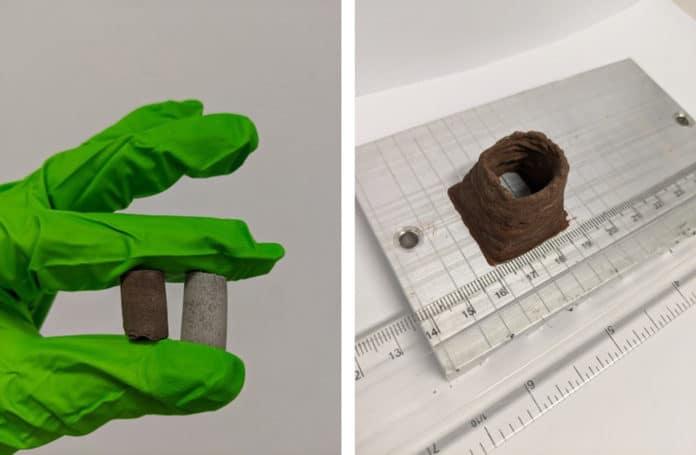To make the construction of the Martian colony affordable, scientists at the University of Manchester have created a concrete-like material that is stronger than ordinary concrete. This cosmic concrete is made from space dust along with the blood, sweat, and tears of astronauts.
When combined with a compound from urine, sweat, or tears, a protein found in human blood glued together simulated moon or Mars soil to produce a material stronger than ordinary concrete. The resulting material is ideally suited for construction work in extraterrestrial environments.
The human serum albumin protein acts as glue for the simulated moon or Mars dust to produce a concrete-like material. Dubbed as AstroCrete, the new material has compressive strengths as high as 25 MPa (Megapascals).
This strength increased 300 times when scientists added urea obtained from urine, sweat, and tears. The best performing material showed a compressive strength of almost 40 MPa, potentially stronger than ordinary concrete.
Dr. Aled Roberts, from The University of Manchester, who worked on the project, said that “The new technique holds considerable advantages over many other proposed construction techniques on the moon and Mars.”
“Scientists have been trying to develop viable technologies to produce concrete-like materials on the surface of Mars, but we never stopped to think that the answer might be inside us all along.”
“It is exciting that a major challenge of the space age may have found its solution based on inspirations from medieval technology.”
“The concept is blood-curdling.”
Journal Reference:
- Aled D.Roberts, Dominic R.Whittall et al. Blood, sweat, and tears: extraterrestrial regolith biocomposites with in vivo binders. DOI: 10.1016/j.mtbio.2021.100136
